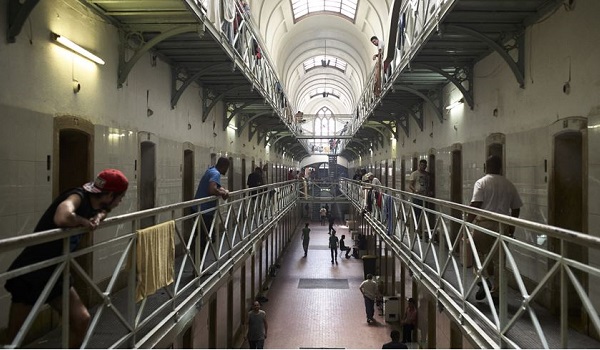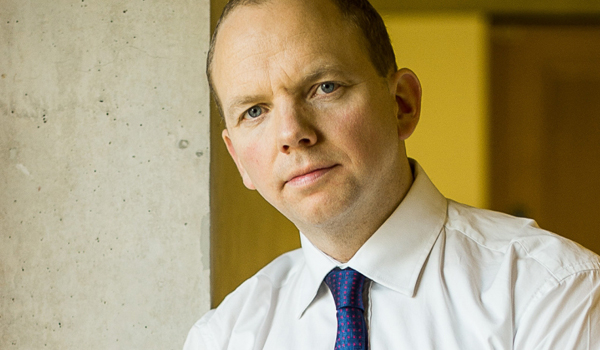Prison population set to soar
The number of prisoners in England and Wales is set rise by a quarter over the next five years, hitting a post-war high of nearly 99,000, due to the impact of the police recruitment uplift and introduction of tougher sentences.
A new report published today (July 5) by the Prison Reform Trust (PRT) highlights Ministry of Justice prison population projections that predict a rise to 98,700 people from the current level of 77,912 (as of June 2021) by 2026.
This is due to the impact of inflationary sentencing policies, including proposals in the Police, Crime, Sentencing and Courts (PCSC) Bill currently before Parliament, the recruitment of 20,000 police officers, which is expected to increase charge volumes, and the recovery of the courts as Covid-19 restrictions subside.
According to the PRT, the government itself has admitted that its punitive policies are likely to have a negligible effect on levels of offending. The impact assessment of the PCSC Bill acknowledges that there is “limited evidence that the combined set of measures will deter offenders long term or reduce overall crime.”
The report, Prison: the facts, states: “This predicted increase in prison numbers over a short period comes after one of the most challenging periods in the history of the prison service. For the past 15 months and counting, as a result of public health restrictions imposed as a consequence of the Covid 19 pandemic, the great majority of prisoners have been locked up for at least 23 hours a day, with almost no training, work or education and very limited family contact.
“No one knows what the toll will be on mental and physical health caused by the prolonged periods many prisoners are spending in de facto solitary confinement. However, such conditions are likely to cause lasting damage to those currently held in prison, undermining their progress made towards a law-abiding future life, weakening family links and increasing the danger and volatility of prisons. In an overcrowded, under-resourced prison system, the risk of having to return to these inhumane measures will continue.
“At a time when the prison service ought to be focused on recovery, instead its attention will be diverted by the need to accommodate the projected rise in prison numbers driven largely by the government’s own criminal justice policies.”
To meet growing demand, the Government has announced plans to build a total of 18,000 new prison places, understood to comprise HMPs Five Wells and Glen Parva and an additional 10,000 places, with the remaining places to be met by the construction of four new prisons; the expansion of a further four prisons; and refurbishment of the existing prison estate.
Peter Dawson, director of the Prison Reform Trust, said: “The Government accepts that its punitive approach is unlikely to reduce crime, yet is willing to find £4 billion to fund its addiction to prison. With no target either for ending overcrowding or for closing prisons that are plainly unfit for purpose, the people at the sharp end will continue to live and work in a dangerous system, as vulnerable to the unexpected as it was in March of last year.”







